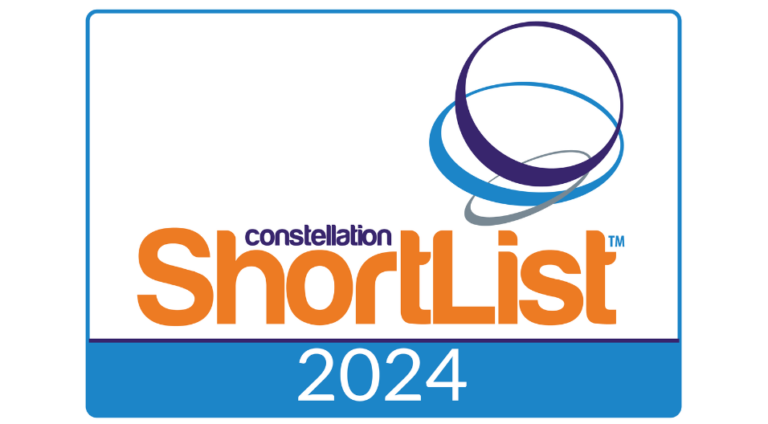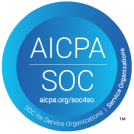With more than 90% of health plans leveraging HEDIS as a primary performance and quality measurement, understanding some of the challenges and strategies available to close gaps is key to driving organizational performance. In this series, we explore HEDIS measures in-depth, providing insight into how health plans can close care gaps by implementing member engagement best practices. This article focuses on increasing cervical cancer screening rates by scaling tailored, locally-driven member outreach.
The Importance of Cervical Cancer Screenings
Only 30 years ago, cervical cancer was one of the most common causes of cancer death for women in America. However, within the last three decades, the mortality rate has decreased by more than 50%. The reason for this improvement has come from an increase in cervical cancer screenings. As with nearly all cancers, early detection and treatment are cornerstones to reducing the odds of adverse outcomes.
With proven studies showing how the risk of death from cervical cancer can be significantly reduced with preventive measures, it is not surprising that cervical cancer screenings are a part of the HEDIS quality measures health plans must work to achieve. Like most measures, improving screening rates is not only important for the member but also for the plan by improving health outcomes, lowering medical expenditures, increasing auto-assignment, increasing member retention, and improving risk scores.
What Challenges Exist in Increasing Cervical Cancer Screening Rates?
Closing gaps in cervical cancer screening rates face a variety of challenges. Common barriers for improving screening rates include scheduling, member engagement, provider engagement, and plan resourcing. One example of these challenges is if the availability of appointments does not meet the needs of the member. In this case, tests and screenings are put on the back burner until the patient remembers to reschedule or finds a closer in-network physician.
In addition to the challenges of scheduling and attending appointments, members are also often dealing with multiple competing priorities and their health is not always one of them. It can be challenging for plans to reach members when they are available and able to act upon their health needs. Scheduling appointments can be a labor-intensive task, requiring a lot of calls and care coordination that care teams are not always staffed appropriately to handle.
How Can Health Plans Close Screening Gaps and Drive Improvements?
To address these challenges there are a variety of tactics that health plans can employ. One strategy is to leverage automated calls and texts that are deployed in the member’s primary language. This reduces the number of resources necessary to reach the member while simultaneously increasing the likelihood that members will be reached and willing to engage.
Member outreach not only provides the ability to educate members on the importance of cancer screenings but also increases the ability for plans to get appropriately timed appointments scheduled. This process also supports the plan’s relationship with their provider network by decreasing leakage and establishing steady patient volume.
Strategy in Action: Getting Members to Schedule Cancer Screenings
Struggling with getting eligible patients in for preventive cancer screenings, a San-Francisco-based organization sought to augment their panel managers’ efforts to bring patients in for appointments. With a limited number of panel managers, there were only a small number of patients they could reach out to in a given time period. One challenge they sought to solve was providing scalable outreach and education to eligible members to get a screening scheduled.
By implementing CipherHealth’s automated outreach technology, CipherOutreach, for preventive education and reminders, the organization increased the volume of calls made to patients, the number of patients reached and subsequently improved the number of screenings completed. In a comparative study, the organization was able to increase the number of colorectal, breast, and cervical cancer screenings 3.4 times.
As health plans seek to engage large and diverse populations in their health, identifying successful strategies that are thoughtful and scalable is critical. As the case study above highlights, by implementing technology into their workflow, they amplified their resources without incurring additional personnel costs. As one panel manager said, “The automated system has helped improve panel management at my clinic. We previously used a manual process that was time-consuming and often resulted in the inability to reach the patient. With the automated system, everything seems more organized.”
Read on to access the full case study and see why scaling member outreach is key to closing cancer screening gaps and improving HEDIS scores








